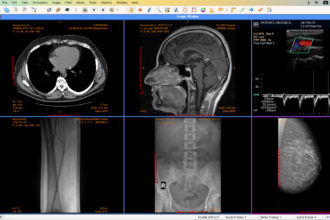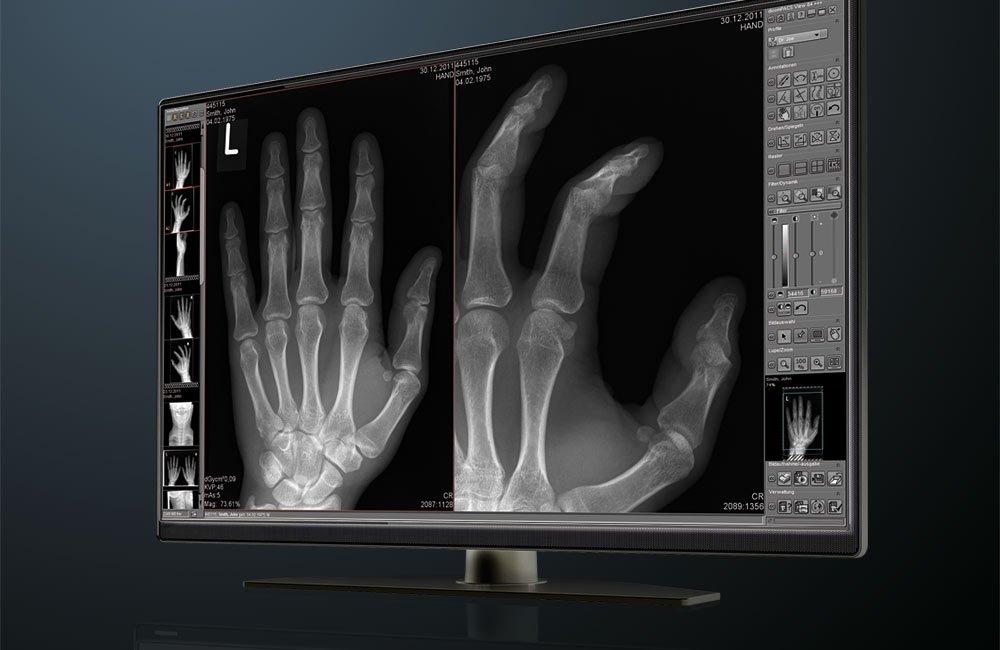The healthcare industry has always been at the forefront of technological advancements, but when did it really start embracing cloud storage, especially for medical images?
The journey to adopting medical image cloud storage has been transformative, bringing numerous benefits to both healthcare providers and patients.
Let’s dive into this evolution and understand how cloud storage became a cornerstone of modern healthcare.
Early Days: The 2000s
In the early 2000s, healthcare providers began to digitize medical records, including images from X-rays, MRIs, and CT scans. However, these digital files were often stored on local servers or physical media, which posed several challenges:
- Limited Storage Capacity: Local servers could quickly run out of space.
- Data Accessibility: Accessing images from different locations was difficult.
- Security Concerns: Local storage was vulnerable to data breaches and physical damage.
Initial Storage Solutions
| Storage Type | Benefits | Drawbacks |
| Local Servers | Fast access, control | Limited capacity, high maintenance costs |
| Physical Media | Portable | Easily lost or damaged, limited storage |
The Shift Begins: 2010s
The 2010s marked a significant shift towards cloud storage in various industries, including healthcare. The cloud offered solutions to many of the problems associated with local storage.
- Scalability: Cloud storage could easily scale to accommodate growing amounts of data.
- Accessibility: Medical images could be accessed from anywhere, facilitating better collaboration among healthcare professionals.
- Enhanced Security: Cloud providers offered robust security measures to protect sensitive data.
Fact: By 2015, over 50% of healthcare organizations had started using some form of cloud storage, according to a survey by HIMSS Analytics.
Cloud Storage Advantages
| Advantage | Description |
| Scalability | Easily expand storage as needed |
| Remote Access | Access data from any location |
| Cost Efficiency | Pay only for the storage you use |
| Enhanced Security | Advanced encryption and security protocols |
Widespread Adoption: Late 2010s to Early 2020s
As cloud technology matured, its adoption in healthcare accelerated. Several factors contributed to this widespread embrace:
- Improved Internet Speeds: Faster internet connections made cloud access more viable.
- Increased Data Volumes: The volume of medical data continued to grow, necessitating more efficient storage solutions.
- Regulatory Support: Guidelines and regulations began to support the use of cloud storage, ensuring compliance with data protection standards.
Did you know? By 2020, nearly 90% of healthcare providers were using cloud storage for medical images, as reported by Healthcare IT News.
Key Drivers of Adoption
| Driver | Impact |
| Internet Improvements | Faster, more reliable access to cloud data |
| Data Growth | Need for scalable storage solutions |
| Regulatory Compliance | Ensured data protection and privacy |

The Role of COVID-19
The COVID-19 pandemic in 2020 further highlighted the importance of cloud storage in healthcare. The need for remote work and telemedicine skyrocketed, making cloud storage indispensable.
- Remote Collaboration: Doctors and specialists could collaborate on cases without being physically present.
- Telemedicine: Patients could receive care without visiting a healthcare facility, with their medical images easily accessible online.
- Data Sharing: Cloud storage facilitated the rapid sharing of COVID-19 research and patient data globally.
Fact: During the pandemic, healthcare cloud adoption increased by 25%, according to a 2021 survey by McKinsey & Company.
Pandemic Impact on Cloud Storage
| Benefit | Description |
| Remote Collaboration | Enabled healthcare professionals to work together from different locations |
| Telemedicine Support | Facilitated remote patient care |
| Rapid Data Sharing | Accelerated research and treatment efforts |
The Future of Medical Image Cloud Storage
Looking ahead, the use of cloud storage in healthcare is only set to increase. Emerging technologies like artificial intelligence (AI) and machine learning (ML) will further enhance the capabilities of cloud storage.
- AI and ML Integration: Cloud platforms will leverage AI and ML to analyze medical images, providing faster and more accurate diagnoses.
- Interoperability: Improved standards will help different systems and platforms work together seamlessly.
- Patient Empowerment: Patients will have greater control over their medical data, accessing and sharing it as needed.


















